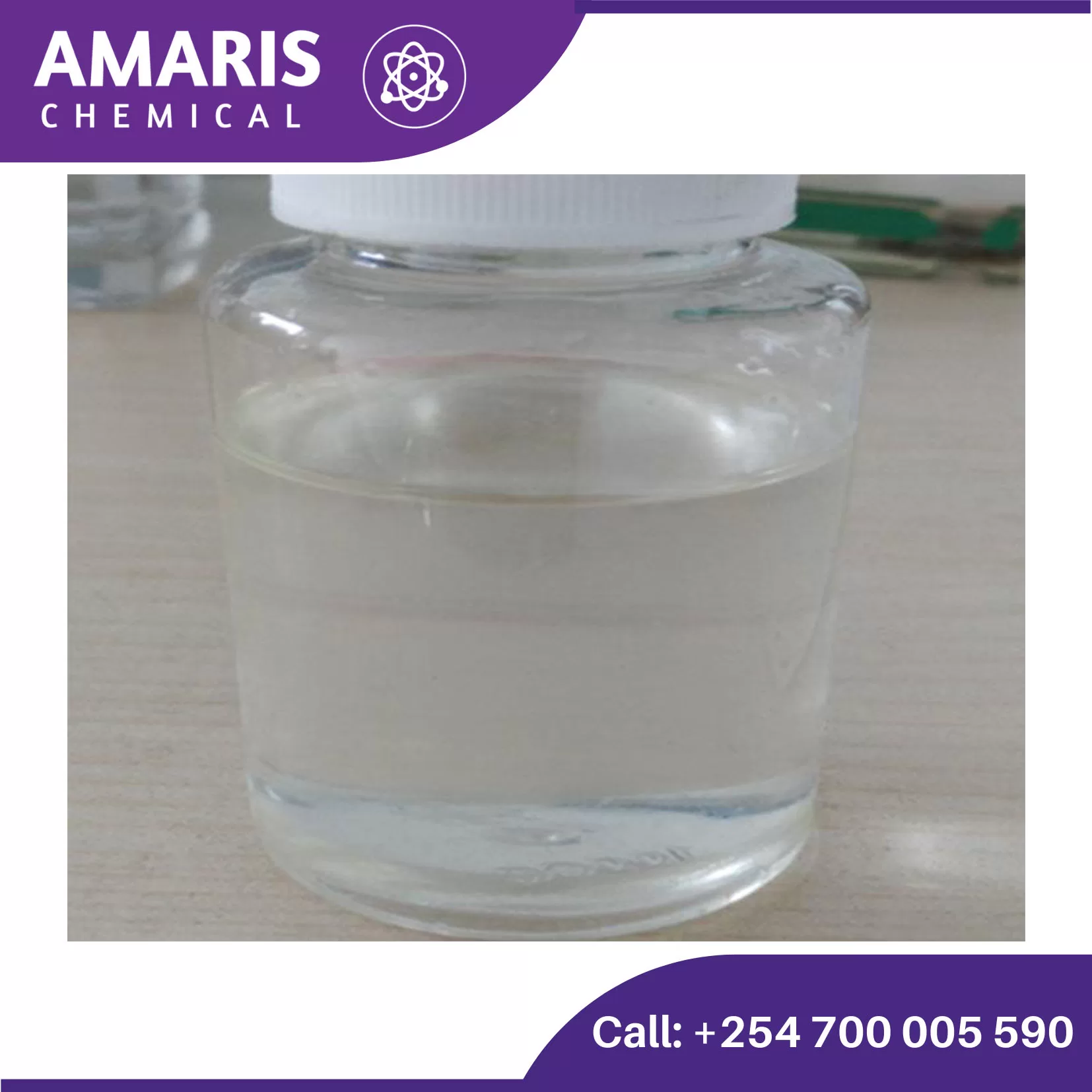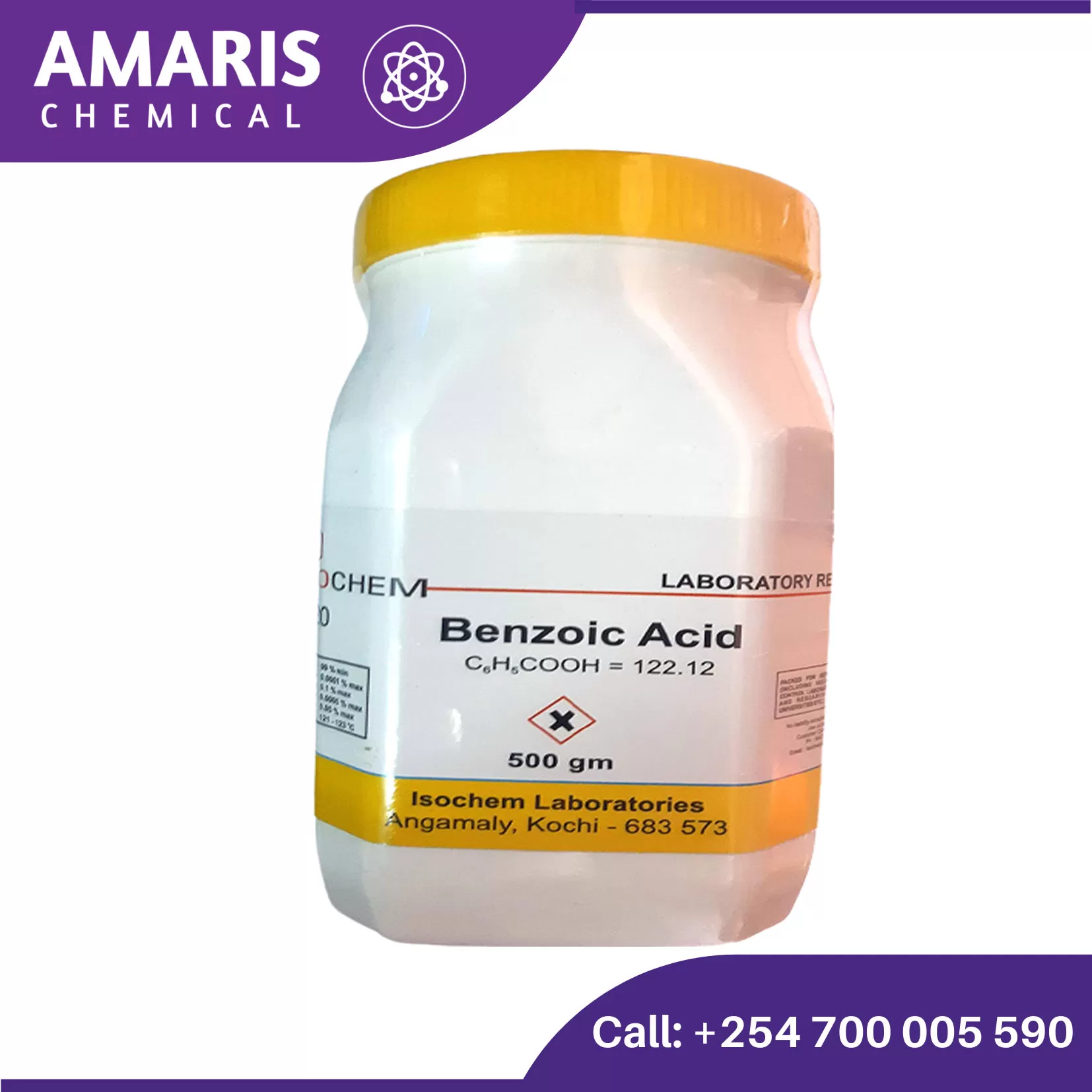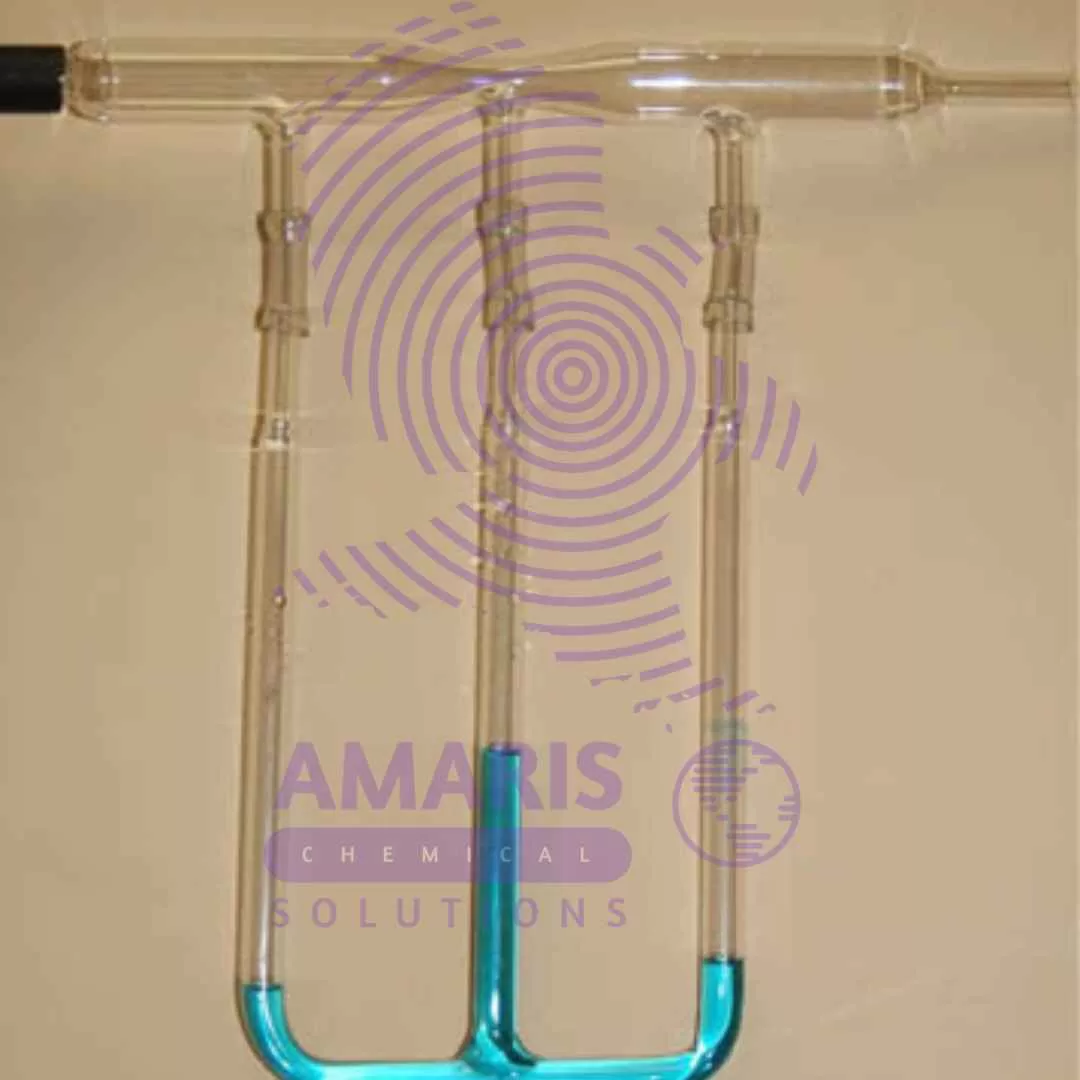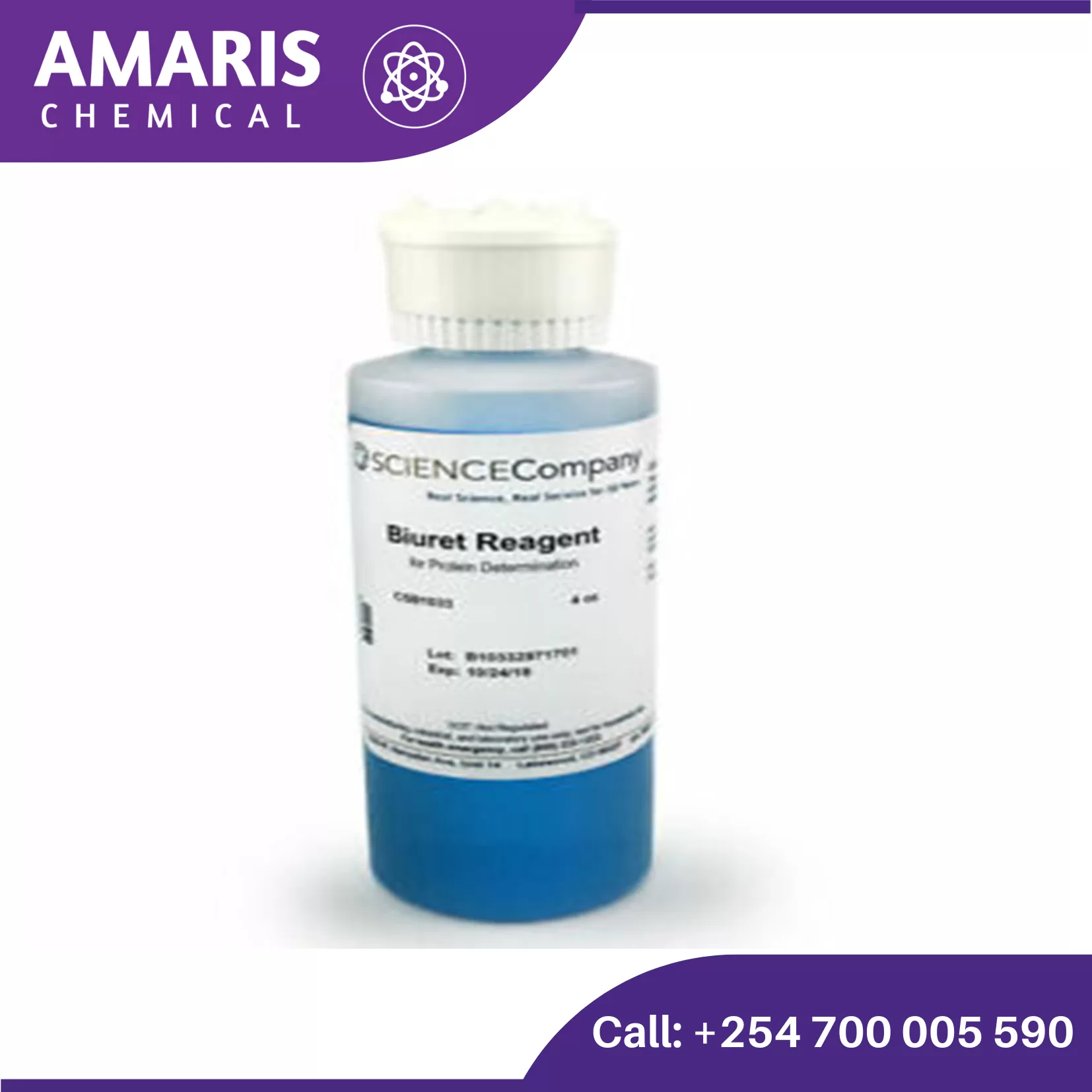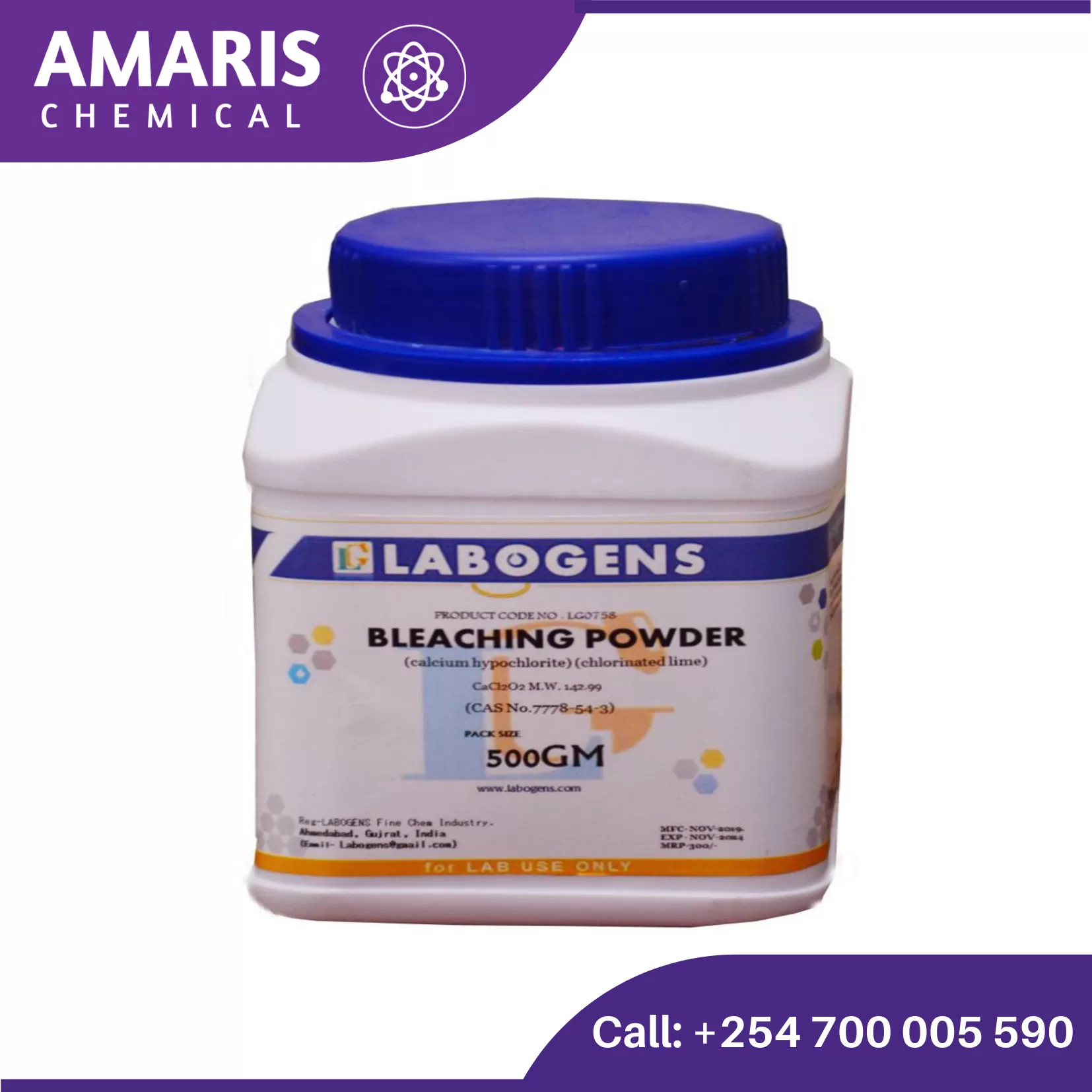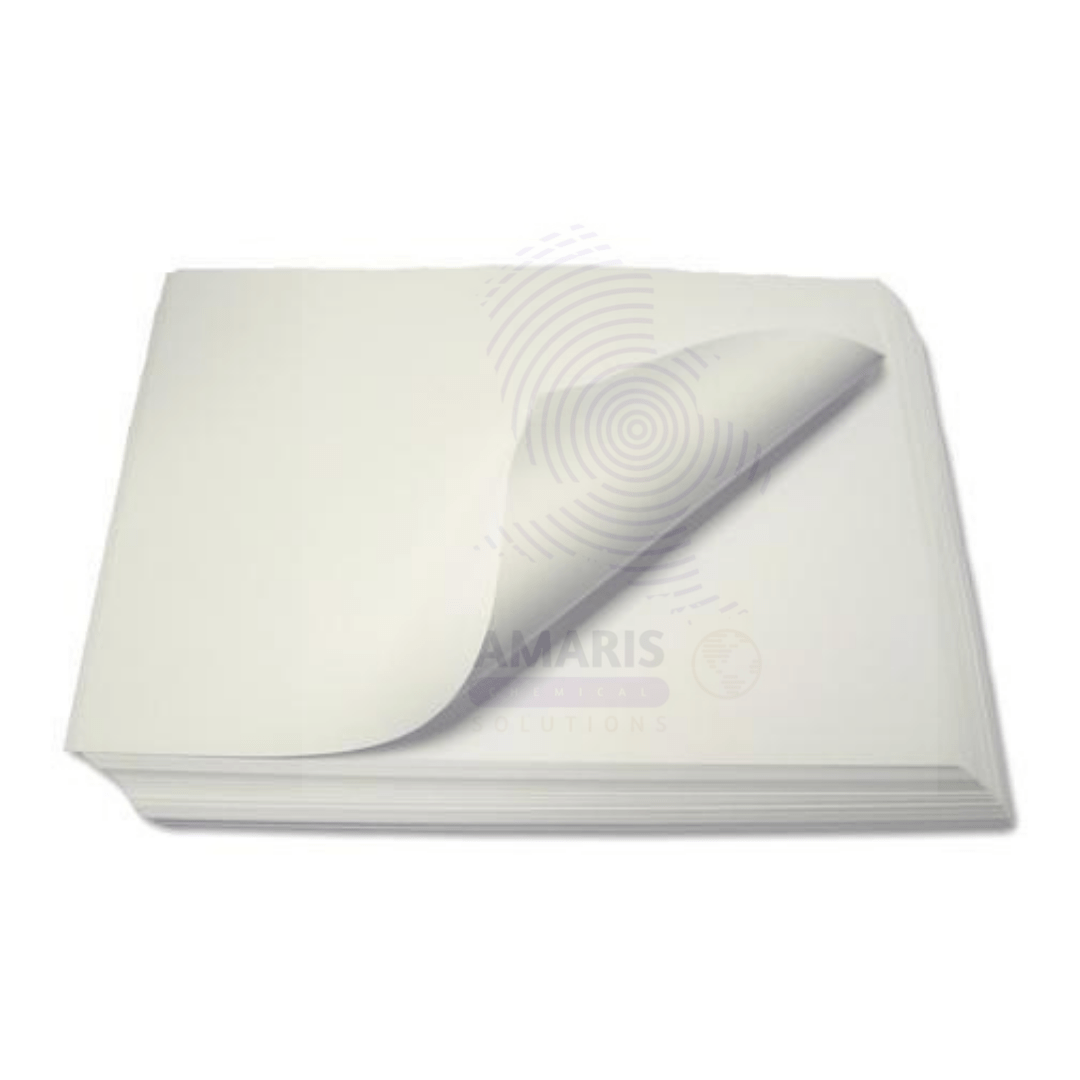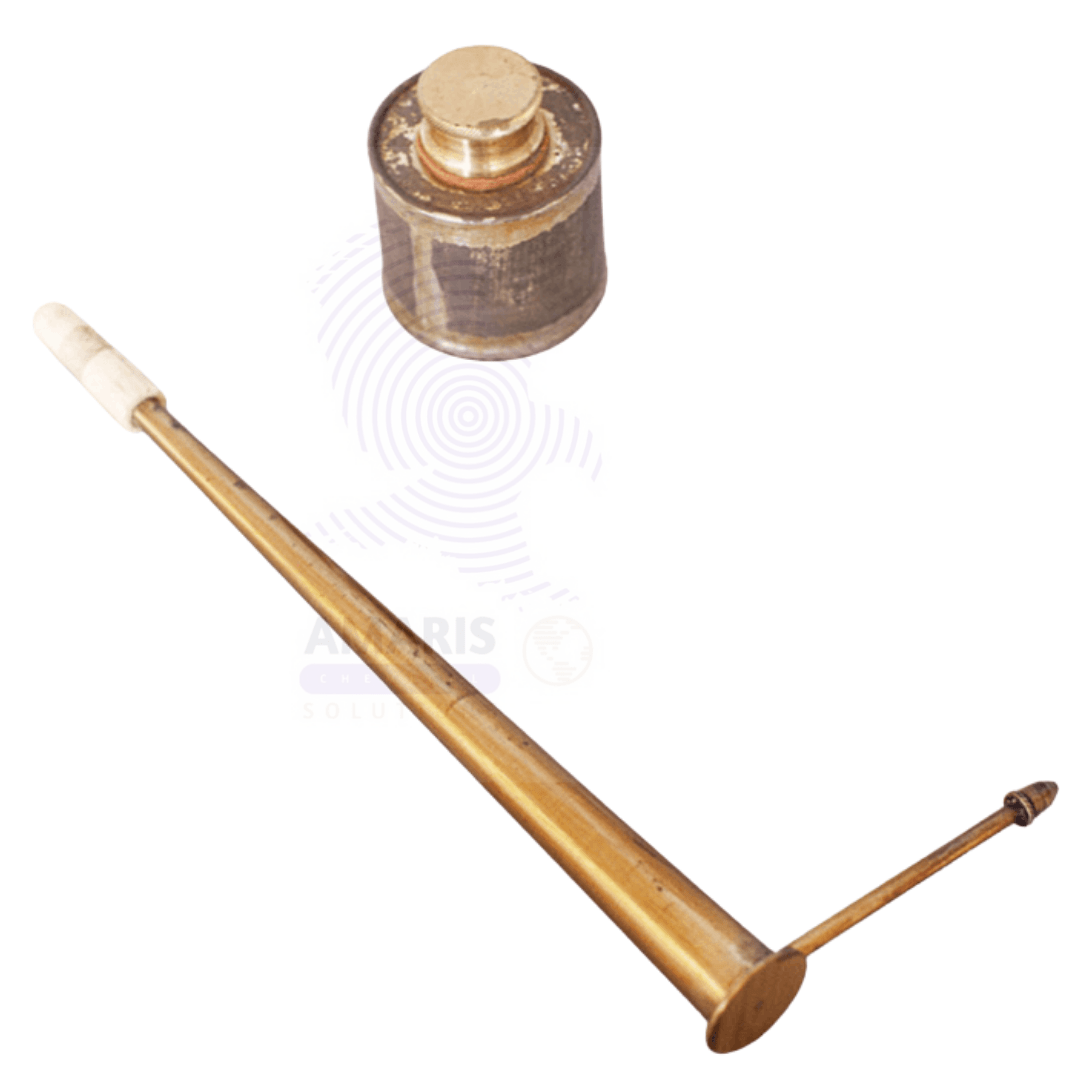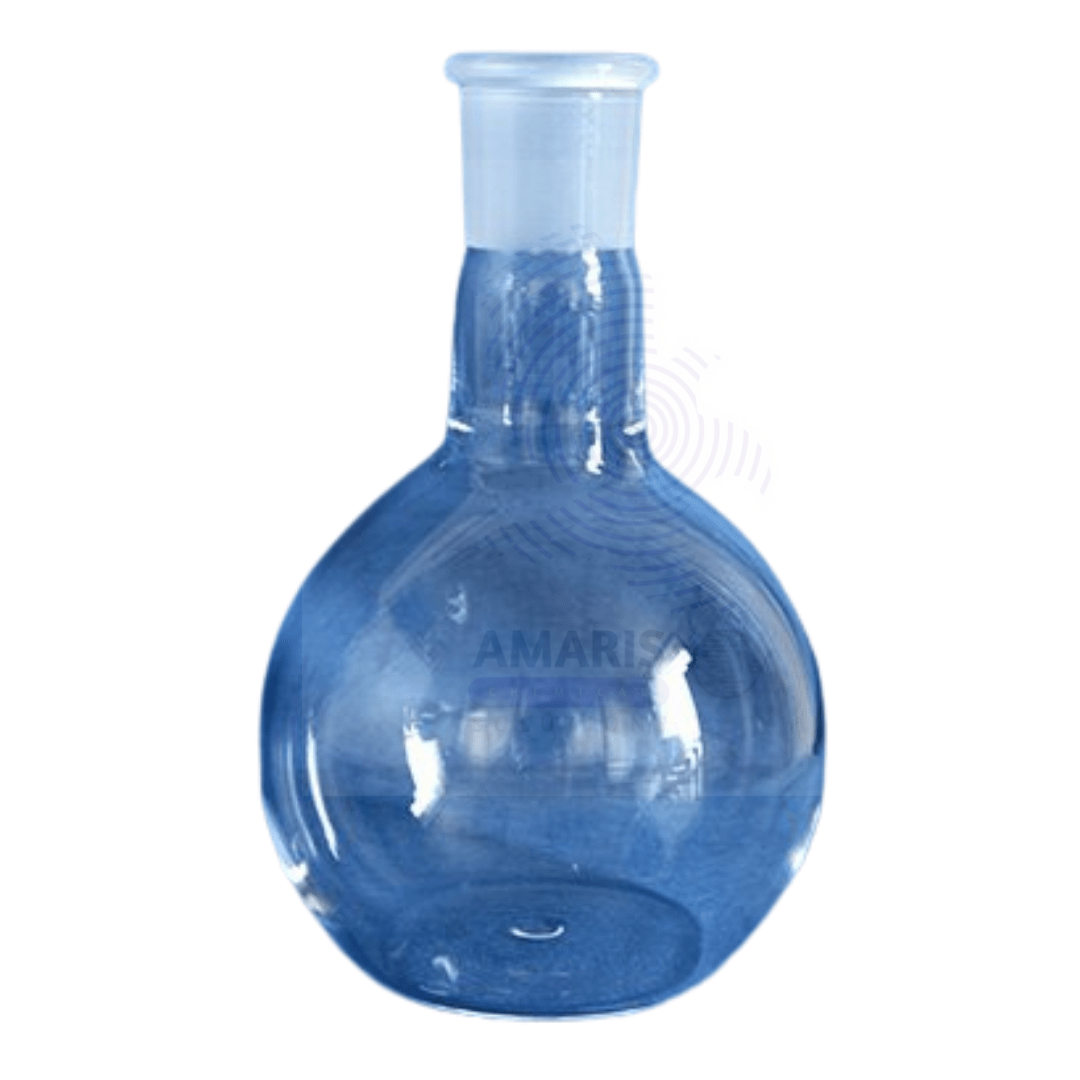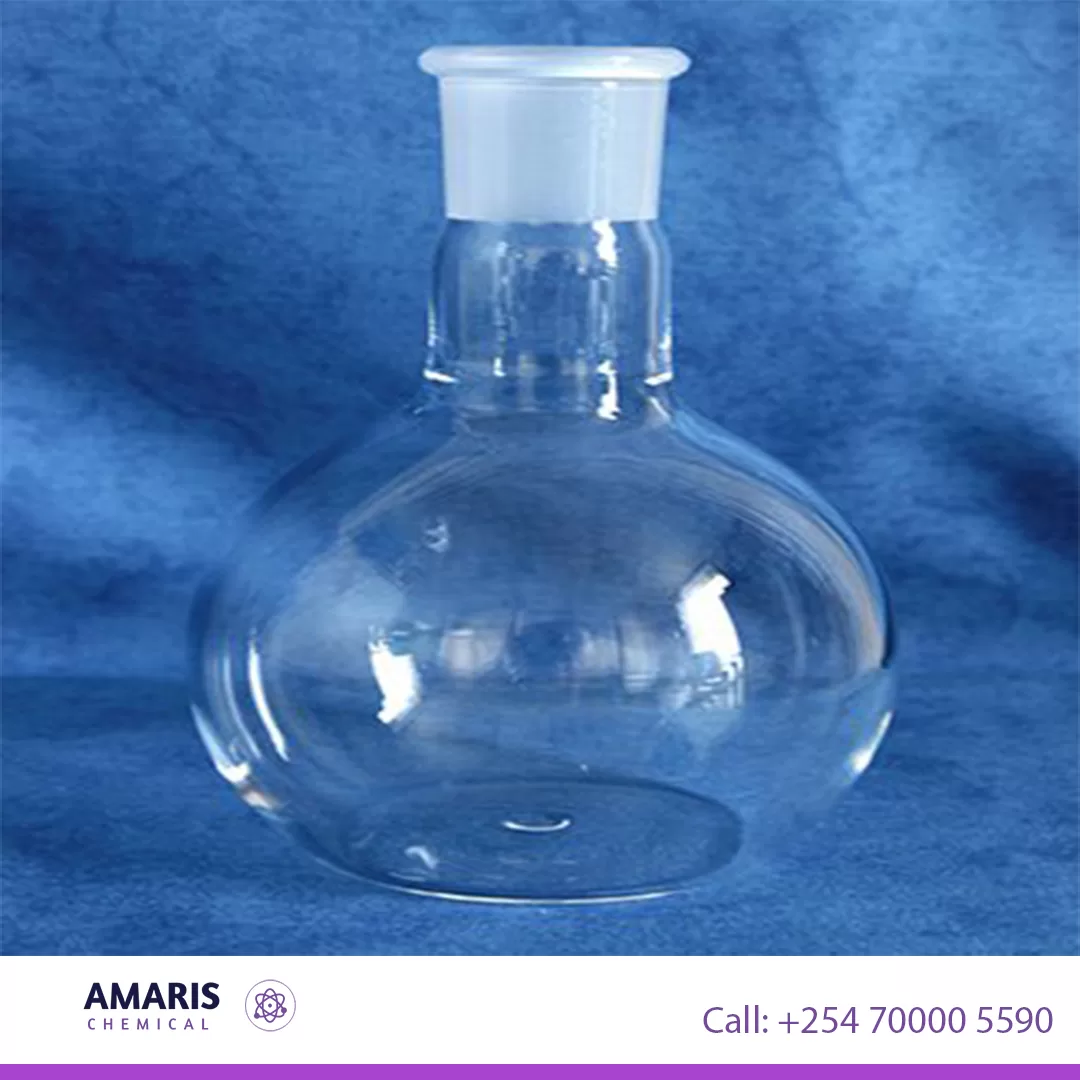Bernoulli Tube Apparatus
The Bernoulli tube apparatus, also known as a Venturi tube apparatus, is a scientific device used to demonstrate the principles of fluid dynamics, particularly the Bernoulli's principle. It consists of a specially shaped tube with a constricted region, often referred to as a Venturi section. When fluid (liquid or gas) flows through the tube, the constricted section leads to changes in pressure and velocity according to Bernoulli's principle, which states that as the velocity of a fluid increases, its pressure decreases and vice versa. This apparatus is commonly used in educational settings to visually illustrate how the flow of a fluid can affect its pressure, helping to explain various phenomena like lift in aircraft wings, fluid flow through pipes, and more.
Biuret Agent 1 liter
Bleaching Powder 500gm
Bleaching powder, chemically known as calcium hypochlorite (Ca(ClO)2), is a chemical compound widely used for its bleaching, disinfecting, and oxidizing properties. It's commonly used in various industries and applications, including water treatment, textile industry, paper industry, and as a household disinfectant. In addition to its industrial uses, it's also utilized in laboratories as a reagent for specific chemical reactions and processes. However, it's crucial to handle bleaching powder with care due to its potential hazards, including its corrosive and oxidizing nature.
Blotting paper
Blotting paper is a highly absorbent and thin sheet of paper, typically made from materials like cotton, linen, or other plant fibers. It is designed to quickly absorb excess liquids, such as ink, oil, or moisture, from various surfaces without smudging or smearing the substances. Blotting paper is commonly used to remove excess ink from a freshly written page, absorb oil from the skin without disturbing makeup, or dry wet items. It is often found in office settings, art studios, and cosmetic applications due to its efficient absorption properties.
Blotting paper
Blotting paper is a highly absorbent, porous paper designed to absorb liquids and retain solid substances. Typically made from cotton or cellulose fibers, it is characterized by its smooth texture and high wicking ability, allowing it to efficiently draw in moisture. In laboratory settings, it is widely used for tasks such as absorbing excess liquids, facilitating chromatography, transferring samples, and preparing biological specimens. Its versatility makes it an essential tool in various scientific applications, including molecular biology, histology, and general laboratory work.
blow pipes
A blowpipe apparatus is a scientific instrument used in analytical chemistry and mineralogy for conducting various tests, particularly flame tests and microchemical reactions. It typically consists of a small tube or pipette through which a controlled stream of air or oxygen is blown onto a sample being heated. This stream of air or oxygen enhances the combustion of the sample, allowing the observation of characteristic colors emitted by different elements when they are vaporized and excited by the heat. The blowpipe apparatus is often used to identify and differentiate between different elements and compounds based on their unique emission spectra and reactions.
Blow pipes
A blow pipe is a versatile laboratory tool designed for producing a controlled flame through the combustion of a gas, typically using a fuel source like propane or natural gas. It consists of a long, slender tube with an open end that allows the user to blow air into the gas stream, intensifying the flame.
Boiling Flask Flat Bottom
A boiling flask apparatus, also known as a distillation setup or distillation apparatus, is a laboratory equipment arrangement used for separating and purifying components of a liquid mixture based on their differing boiling points. It typically consists of a round-bottomed flask (boiling flask) connected to a condenser, often with a heating source beneath the boiling flask. As the mixture in the boiling flask is heated, the component with the lower boiling point vaporizes first, rises into the condenser where it cools and condenses back into liquid, and is then collected as a separate fraction. This allows scientists to isolate and collect different components of a mixture, such as liquids with distinct boiling points, enabling various applications in chemistry, research, and industry.











